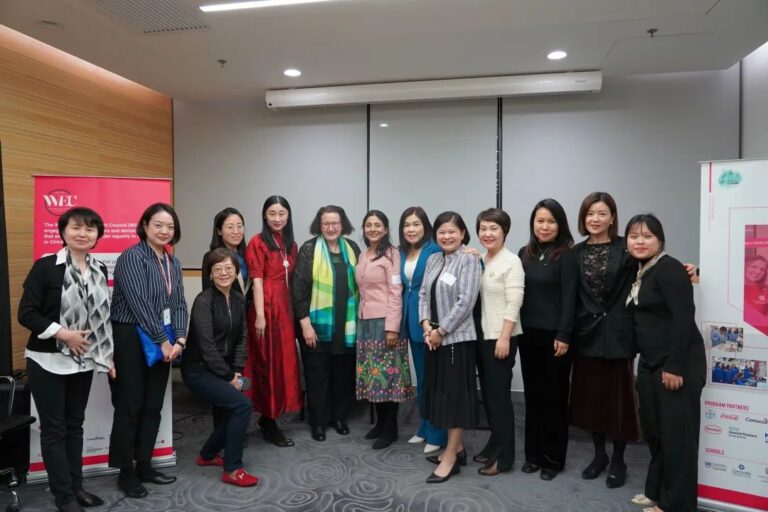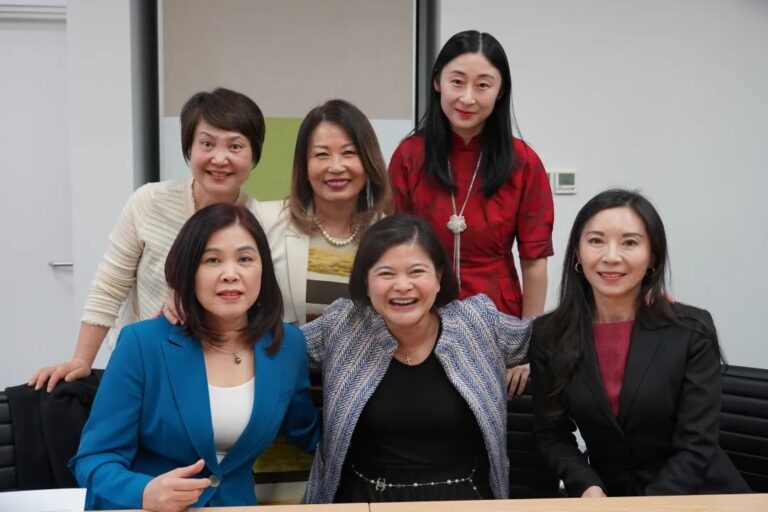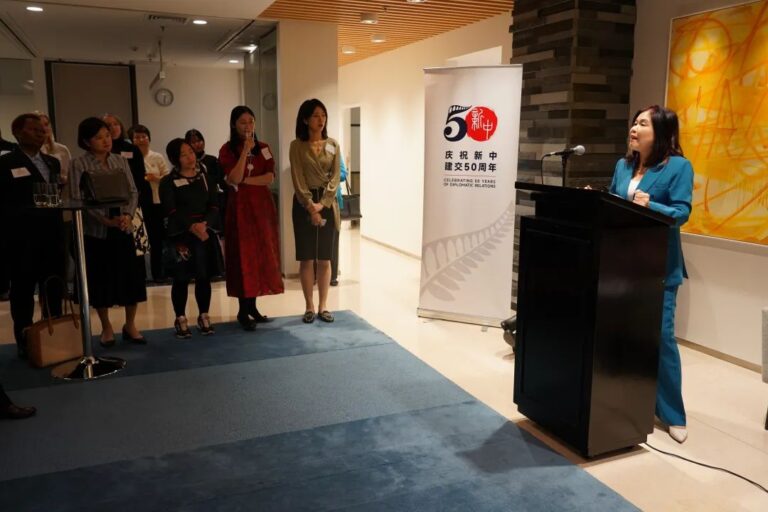On November 17, the Women Empowerment Council (WEC) hosted a Women Leadership Roundtable at the New Zealand Embassy focused on exploring equity through a gender lens. Equity over Equality: Understanding Equity through a Gender Lens, as the event was called, was attended by high-profile leaders, including Clare Fearnley, the New Zealand Ambassador to China, and Smriti Aryal, Country Representative at UN Women in China. In addition, business leaders from bp, Brunswick, Chayora, ConocoPhillips, Dow, ExxonMobil, FedEx, HPE, and LinkedIn shared and learned gender-responsive policies and best practices that set women up to succeed in work and in life.

Equity versus Equality: First, in designing the best policies for equity, we need to have a clear understanding of what equity means, which is different from equality. Equality and equity are two very different concepts. Equality implies that everyone should be treated the same. Following this logic, everyone would be provided the same access to resources and opportunities. Equity, on the other hand, recognizes that people have different starting points. This is the key point. Due to systemic barriers that some groups face, taking an Equity approach means allocating resources and opportunities according to the needs of these groups, with the aim to achieve an equal outcome or end point for all. The “E” in DEI: As we navigate our gender equity journey, we need to put the “E” or Equity in the perspectives of Diversity and Inclusion. Diversity and Equity, together, should be considered as the means to achieving the eventual end of “inclusion.”

Culture: In thinking about equity, we should remember that everyone, with different experiences and backgrounds, may have a different understanding and expectation for equity. This point is especially significant for MNCs as we navigate the intersection of different cultures with our culture here in China. Corporate: Once we acknowledge the macro-environment that we are in, we need to think of how we can influence our mindset of equity from the very top down. Equity policies start with our CEOs and grand strategies, making sure we have equity as a critical goal in companies’ plans. Individual: Sometimes, practicing an equity mindset simply means we need to learn to step out of our comfort zone and the boundaries of cultural prejudices and expectations to speak up at a board meeting or keep ourselves accountable to be aware of the blind spots of unconscious bias.

Gender inequity is an extremely complex issue to navigate, and that is why it’s significant to raise awareness around this topic. The private sector has the power to take the lead in driving gender equity efforts, and we need to not only talk the talk but also walk the talk. Gender equity includes improving our consciousness, both as individuals, leaders, and community members through conversations and actions; working on our capacity development to grow institutional support to improve “the quality of our craft,” and our collective efforts to work together and continuously reflect and improve gender equity as a community project, encompassing all types of genders, cultures, and organizations of society.

